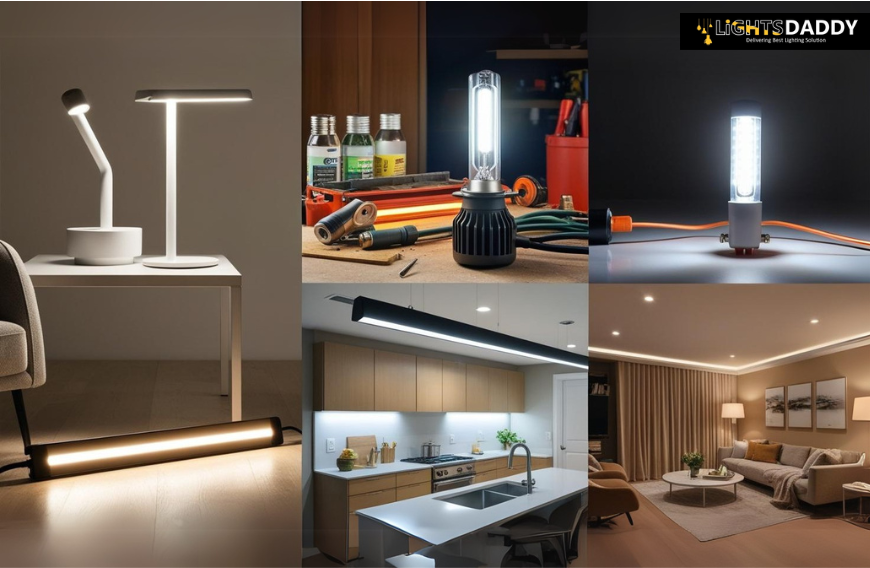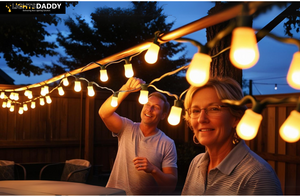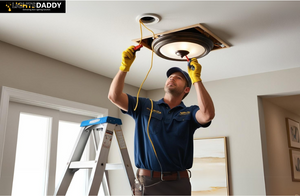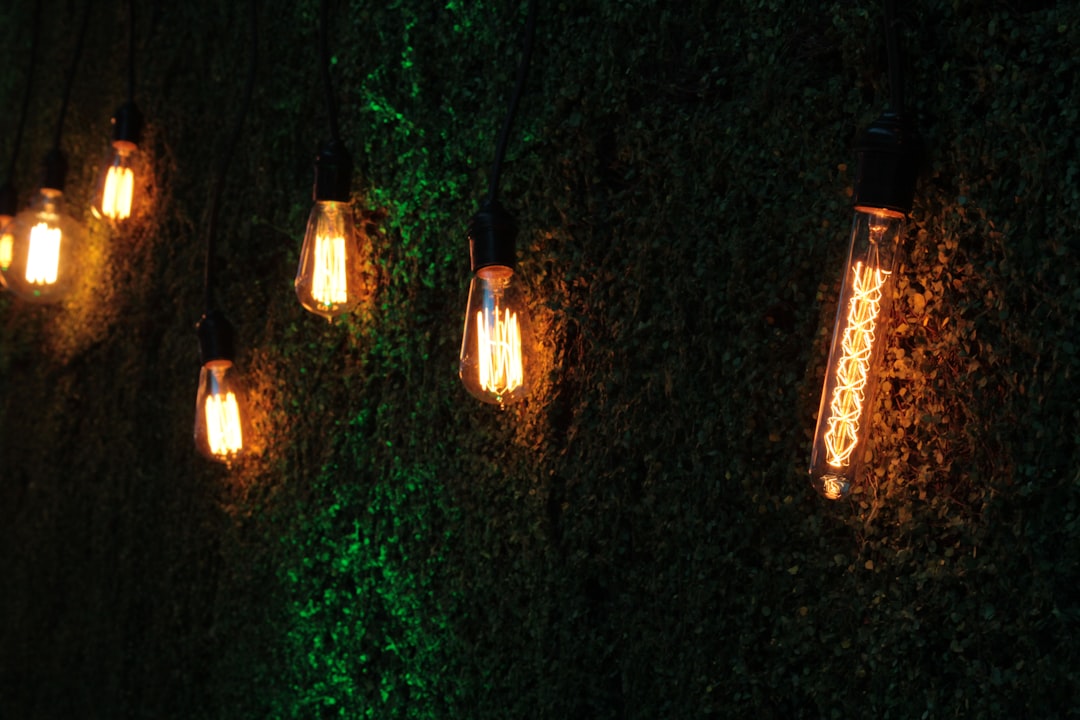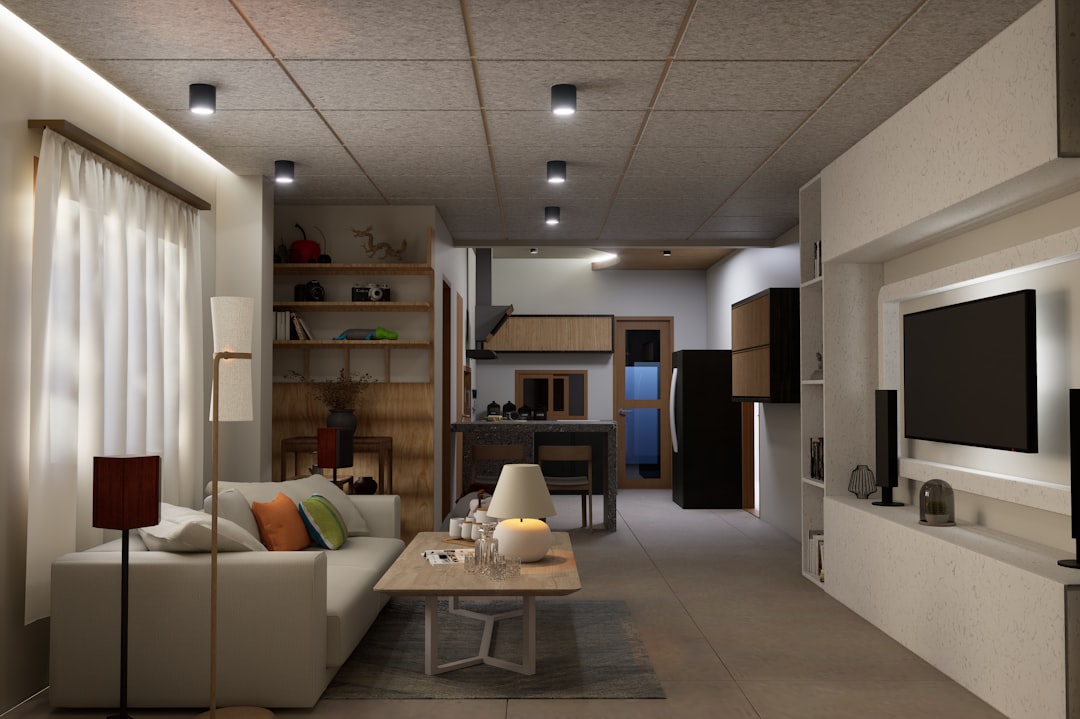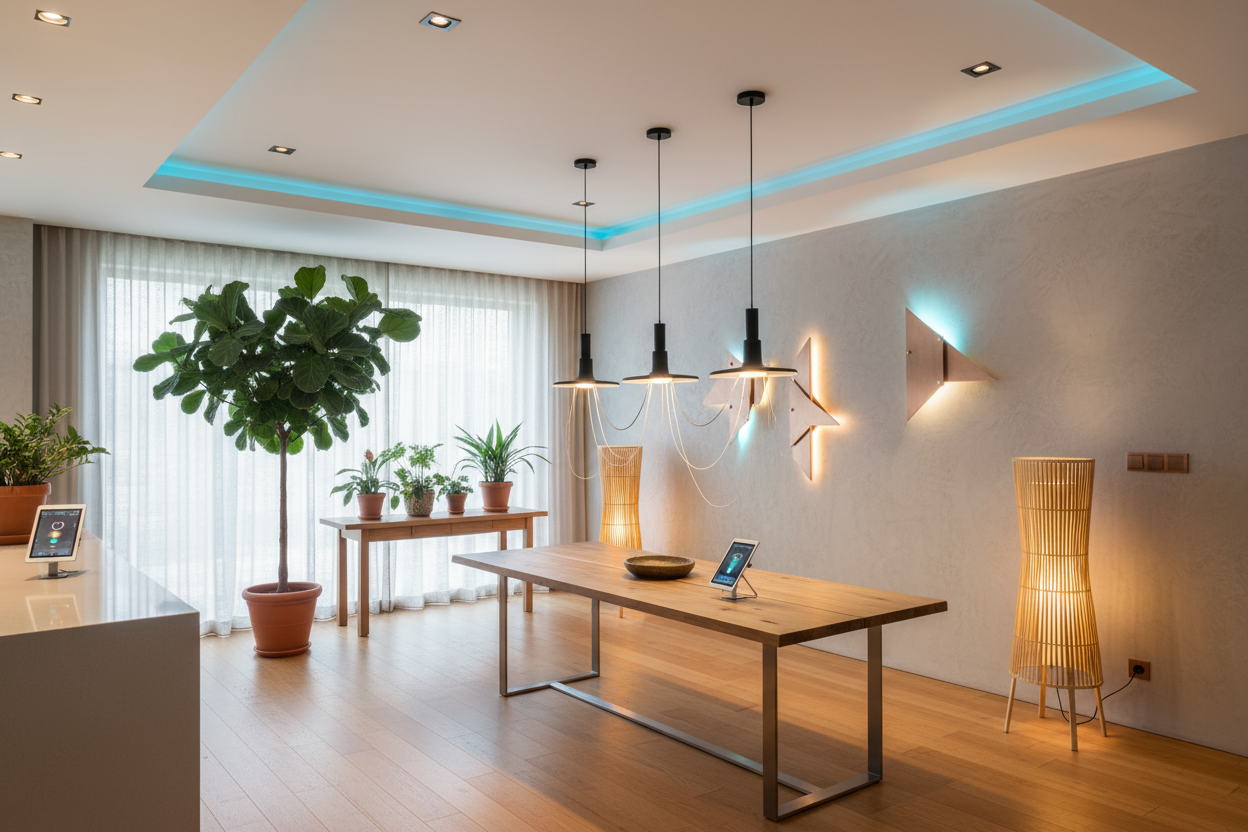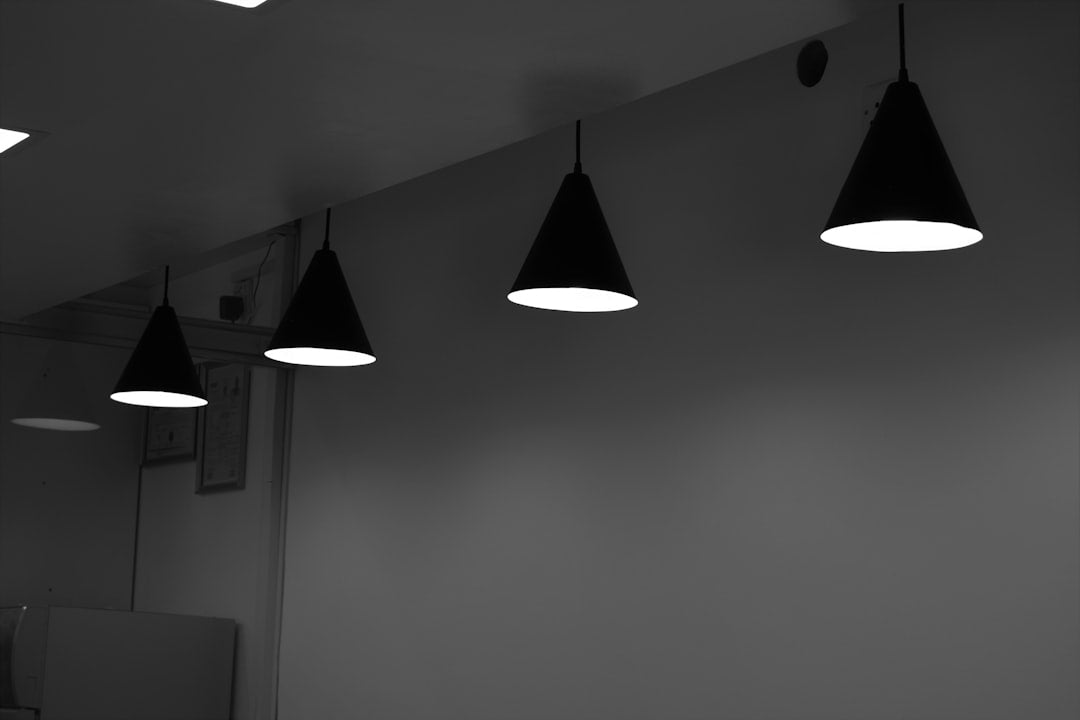In recent years, dimmable lighting has gained significant traction across U.S. households. Homeowners are increasingly turning to adjustable lighting solutions to add flexibility and comfort to their living spaces. Whether it's setting the mood for a cozy evening or reducing glare during late-night reading, dimmable bulbs play a central role in enhancing modern interiors. As the shift toward energy-conscious living continues, dimmable lighting also appeals to those seeking lower utility costs and a longer lifespan from their light sources.
Understanding Light Bulb Dimming
What is Dimming?
Dimming refers to the process of reducing a light bulb's brightness by decreasing the amount of electrical power sent to it. Rather than switching a light on or off completely, dimming allows for a variable output, which not only creates a more comfortable environment but also contributes to energy conservation.
Types of Dimmable Bulbs
Different types of bulbs respond differently to dimming controls:
-
Incandescent Bulbs: Naturally dimmable and compatible with most traditional dimmers.
-
Halogen Bulbs: A more efficient version of incandescent bulbs, also easily dimmed.
-
CFLs (Compact Fluorescent Lamps): Some are dimmable, but they require compatible dimmers and may not perform as smoothly.
-
LED Bulbs: Widely used today due to their energy efficiency. However, not all LEDs are dimmable, so it's essential to choose the right model and pair it with a compatible dimmer. For those interested in accent lighting, a bulb light strip can be a versatile option for creating layered brightness levels.
Types of Dimmer Switches
Leading-Edge Dimmers
These are the traditional dimmers, designed primarily for incandescent and halogen bulbs. They are less compatible with modern LED lighting and may cause flickering or buzzing when paired with LED bulbs.
Trailing-Edge Dimmers
Optimized for use with LED lights, these dimmers offer smoother performance, quieter operation, and improved efficiency.
Smart Dimmers
These advanced dimmers are compatible with smart home systems. They offer remote control, scheduling features, and even voice-command integration. Perfect for homeowners looking to automate lighting routines across multiple rooms.
Compatibility: Matching Bulbs with Dimmers
One of the most common issues with dimmable lighting is incompatibility. Not all dimmers work with all types of bulbs. Mismatched combinations often result in flickering, buzzing, or limited dimming range. To avoid this, always check the product packaging or manufacturer specifications. A properly paired bulb and dimmer will function smoothly and silently.
When upgrading lighting systems, consider sourcing quality light fixture components that are compatible with your chosen dimmable bulbs and switches. This minimizes the chances of electrical issues and extends the life of your fixtures.
Calculating Load Requirements
Dimmers are rated for specific load capacities, typically measured in watts. Exceeding the dimmer's capacity can cause overheating or malfunction. To calculate the load:
-
Add the wattage of all bulbs on the dimmer circuit.
-
Ensure the total does not exceed the dimmer’s rated wattage.
For instance, if you’re using six 10-watt LED bulbs on a 150-watt dimmer, your total load is 60 watts—well within safe limits.
Common Dimming Issues and Solutions
Flickering Lights
This is usually due to incompatible dimmers or bulbs. Upgrading to a trailing-edge or smart dimmer often resolves the problem.
Buzzing Sounds
Buzzing may indicate an overload or mismatched components. Ensure all parts of the circuit are designed to work together.
Limited Dimming Range
Some LED bulbs dim only within a specific range and do not reach complete darkness. Choosing both dimmer and bulb from the same manufacturer often leads to better compatibility and performance.
Benefits of Dimming LED Lights
LED technology continues to dominate the residential lighting market, and its dimming capabilities offer a range of benefits:
-
Energy Efficiency: Dimming reduces power consumption, leading to noticeable savings on electricity bills.
-
Extended Lifespan: Less heat and stress on the bulb allow for longer operational life.
-
Enhanced Ambiance: Lighting can be adjusted to suit various activities, from dining to entertainment.
These advantages make dimmable LEDs a smart addition to both new constructions and home renovations. For specific applications, such as garages or outdoor use, selecting compatible bulbs for car lights ensures reliable brightness control and energy efficiency.
In indoor environments, opting for high-performance indoor lights with dimmable features can transform living areas into multifunctional, comfortable spaces.
Installation and Safety Tips
Installing dimmer switches requires basic electrical knowledge and safety precautions:
-
Power Off: Always turn off power at the breaker before installation.
-
Follow Instructions: Use the wiring diagram provided with your dimmer switch.
-
Test Before Finalizing: Once installed, test the dimmer’s function with the selected bulbs.
-
Consult a Professional: If you're uncertain or the installation involves complex wiring, it's best to consult a licensed electrician.
When replacing older switches or adding new ones, opt for high-quality components to ensure safe operation and durability.
Conclusion
Understanding the basics of light bulb dimming can greatly enhance your home’s lighting flexibility and energy efficiency. By choosing the right combination of bulbs and dimmer switches, homeowners can eliminate common lighting issues and create the perfect ambiance for any occasion. Whether you're updating a single room or planning a full renovation, now is an ideal time to assess your current lighting setup and consider upgrades that offer both functionality and style.
As the demand for dimmable lighting grows, the importance of making informed decisions about compatibility and load requirements becomes even more critical. With the right components and proper installation, dimmable lighting can offer both immediate and long-term benefits for any home.

